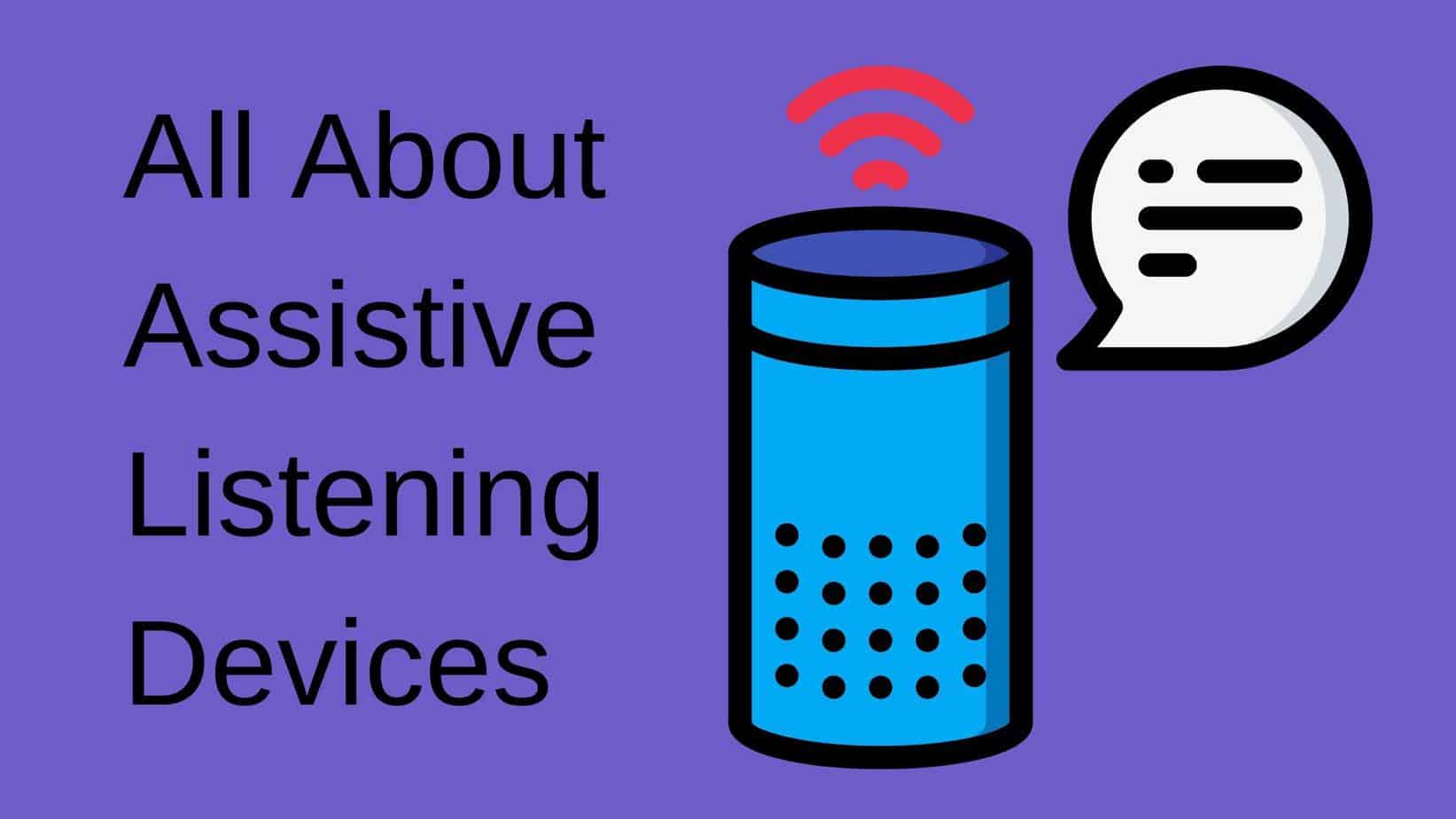
All About Assistive Listening Devices
When you think about hearing assistance, the first thing to come to mind might be hearing aids. Indeed, hearing aids are the most common type of assistive listening device, and they offer a type of assistance that applies to the widest range of needs. Despite their ubiquity, hearing aids are not the only kind of assistive technology that is available. A wide array of assistive listening devices is suited to specific needs, and many of them can be used in conjunction with hearing aids, as well. Let’s take a moment to learn about some of these options, considering if there might be a type of assistance to help you with a particular task or scenario.
Assistive Telephones
For those who continue to rely on land-line telephones, there are some options available to assist hearing loss. One of the simplest options is an amplified telephone. Although this type of telephone does little to reduce background noise or to accommodate your individual profile of hearing ability, it is able to raise the volume on the call in a way that enhances your listening experience. These devices also have ringer alerts that can combine a very loud tone with flashing lights to make it easier to know when a call is coming in. Another type of assistive telephone is one that is compatible with hearing aids, even those that do not have Bluetooth connectivity. Whether using acoustic coupling or telecoil coupling, all telephones, including smartphones, are mandated by law to be compatible with hearing aids.
Television Coupling
Another domain-specific type of hearing assistive technology makes it possible to hear televisions directly in hearing aids rather than raising the volume to a level that is uncomfortable for everyone else in the room. Some of these use telecoil technology to create a space in the room where television audio is amplified to hearing aids. Others offer devices with headsets that are specific to the television, bypassing hearing aids altogether. One of the more popular options today is offered to those who have Bluetooth connectivity in their hearing aids. Many of the latest televisions can send audio to Bluetooth-enabled devices and speakers, including hearing aids. These assistive devices make it possible to send audio directly to hearing aids while keeping the amplification in the environment.
FM Systems for Public Spaces
Although these home modifications can do a lot to make your living space comfortable and accommodated to your needs, public spaces can be difficult for listening. Not only are public events such as lectures or religious services difficult to hear, but town hall meetings, court proceedings, and public assemblies can be challenging, as well. Telecoil or FM systems make it possible to gather the audio in a public space and to send it in amplified form to a person’s hearing aids. Additional devices are available for those who do not have hearing aids, offering a receiver and headset to hear the voice of a speaker. These devices are particularly useful for picking up the voice of one speaker using a microphone within a room, even when that voice is not very loud.
Other Assistive Technology
In addition to these common assistive devices, other accommodations are available, as well. Medical interventions, such as cochlear implants, and emergency technology, such as enhanced alarms and radios, are just some of the ways that individuals can experience the assistance they need in a wide range of public and private settings. If you are wondering whether these types of assistive technology are right for you, the first step is to consult with one of our hearing health professionals. We will begin with a consultation about the settings in which you find hearing difficult, as well as the types of hearing aids or other assistive technology you already have in use.
With this baseline understanding, we will most likely perform a hearing test to determine the specific nature of your hearing profile, including what kinds of assistive devices are suited to your individual needs. Hearing aids are one great way to provide this tailored assistance, particularly when they are Bluetooth compatible and integrated into other listening systems and media environments. If another assistive technology becomes necessary, our professionals can point you in the right direction.
